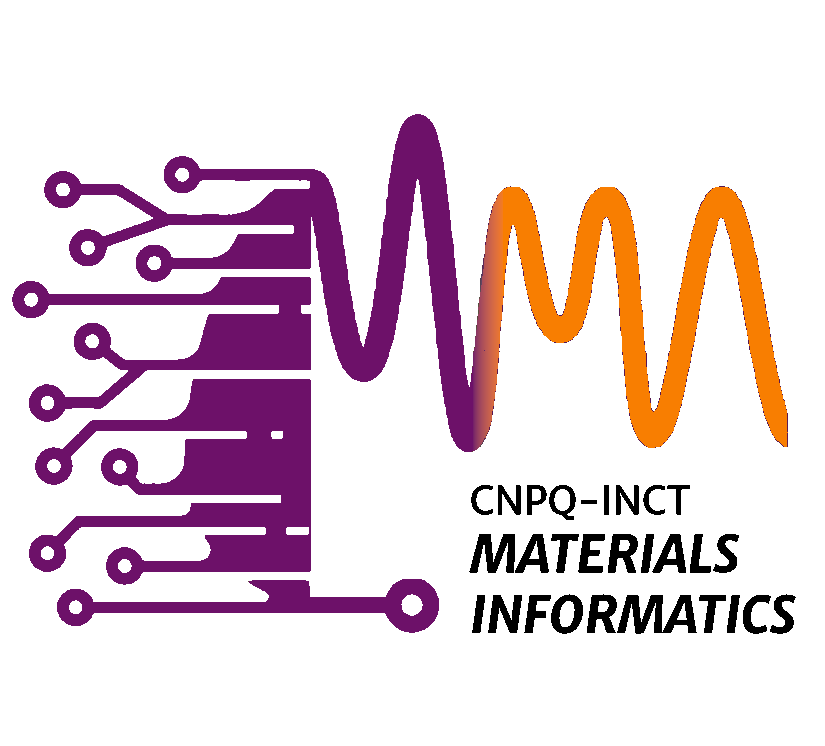
Publicações de Rodrigo Capaz
Benatto, Leandro; Mesquita, Omar; Pacheco, Kaike R. M.; Roman, Lucimara S.; Koehler, Marlus; Capaz, Rodrigo B.; Candiotto, Graziâni TMM−Sim: A Versatile Tool for Optical Simulation of Thin−Film Solar Cells Journal Article Em: Computer Physics Communications, pp. 109206, 2024, ISSN: 0010-4655. Resumo | Links | BibTeX | Tags: Optical Simulation, Refractive index, Software, Solar cell, Transfer matrix method2024
@article{BENATTO2024109206,
title = {TMM−Sim: A Versatile Tool for Optical Simulation of Thin−Film Solar Cells},
author = {Leandro Benatto and Omar Mesquita and Kaike R. M. Pacheco and Lucimara S. Roman and Marlus Koehler and Rodrigo B. Capaz and Graziâni Candiotto},
url = {https://www.sciencedirect.com/science/article/pii/S0010465524001292},
doi = {https://doi.org/10.1016/j.cpc.2024.109206},
issn = {0010-4655},
year = {2024},
date = {2024-04-16},
urldate = {2024-01-01},
journal = {Computer Physics Communications},
pages = {109206},
abstract = {The Transfer Matrix Method (TMM) has become a prominent tool for the optical simulation of thin−film solar cells, particularly among researchers specializing in organic semiconductors and perovskite materials. As the commercial viability of these solar cells continues to advance, driven by rapid developments in materials and production processes, the importance of optical simulation has grown significantly. By leveraging optical simulation, researchers can gain profound insights into photovoltaic phenomena, empowering the implementation of device optimization strategies to achieve enhanced performance. However, existing TMM−based packages exhibit limitations, such as requiring programming expertise, licensing fees, or lack of support for bilayer device simulation. In response to these gaps and challenges, we present the TMM Simulator (TMM−Sim), an intuitive and user−friendly tool to calculate essential photovoltaic parameters, including the optical electric field profile, exciton generation profile, fraction of light absorbed per layer, photocurrent, external quantum efficiency, internal quantum efficiency, and parasitic losses. An additional advantage of TMM−Sim lies in its capacity to generate outcomes suitable as input parameters for electro−optical device simulations. In this work, we offer a comprehensive guide, outlining a step−by−step process to use TMM−Sim, and provide a thorough analysis of the results. TMM−Sim is freely available, accessible through our web server (nanocalc.org), or downloadable from the TMM−Sim repository (for Unix, Windows, and macOS) on GitHub. With its user−friendly interface and powerful capabilities, TMM−Sim aims to facilitate and accelerate research in thin−film solar cells, fostering advancements in renewable energy technologies.},
keywords = {Optical Simulation, Refractive index, Software, Solar cell, Transfer matrix method},
pubstate = {published},
tppubtype = {article}
}
Orientados e Supervisionados por Rodrigo Capaz

Alysson Alves Pinto
Vínculo: Iniciação Científica
Instituição: Centro Nacional de Pesquisa em Energia e Materiais (CNPEM)
Laboratório: LNNano
Projeto: Avaliação via primeiros princípios da liga TMD Mo0,5W0,5Se2 encapsulada por nitreto de boro hexagonal para aplicações em spintrônica e computação quântica. (CNPq)

